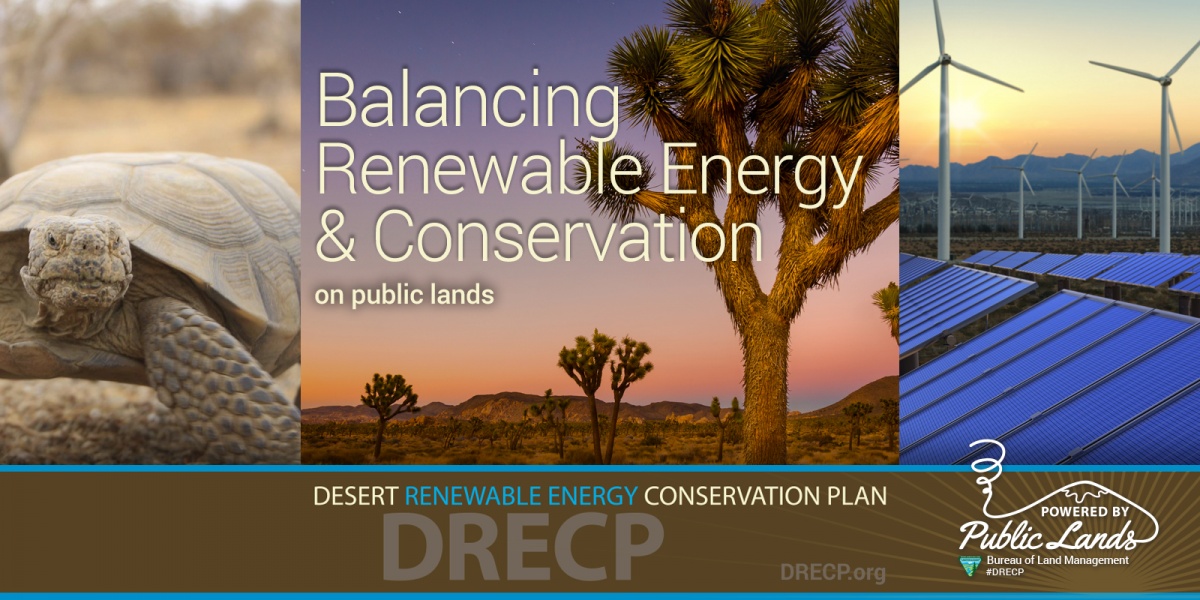The Restoration Design Energy Project (RDEP) is a BLM Arizona initiative to identify lands across the state that may be suitable for the development of renewable energy. The project establishes 192,100 acres of renewable energy development areas (REDAs) on BLM-managed public land throughout Arizona. The REDAs are near transmission lines or designated corridors; close to population centers or industrial areas; and in areas where impacts on water usage would be moderate. These lands also have few known resource impacts or have been previously disturbed, such as retired agriculture properties. REDAs are available for solar or wind energy development.
When the project was established in 2013, BLM Arizona also established the Agua Caliente Solar Energy Zone on 2,550 acres near Dateland, in western Arizona. The national Solar Programmatic ROD established the concept of Solar Energy Zones as potential sites for utility-scale solar development.
The RDEP does not eliminate the need for further environmental review of individual sites. Proposed renewable energy projects outside of a REDA or a Solar Energy Zone will also be considered on a case-by-case basis. Such applications would be evaluated under BLM state and national policy identified in the Western Solar Plan and the associated Solar Programmatic Environmental Impact Statement.

